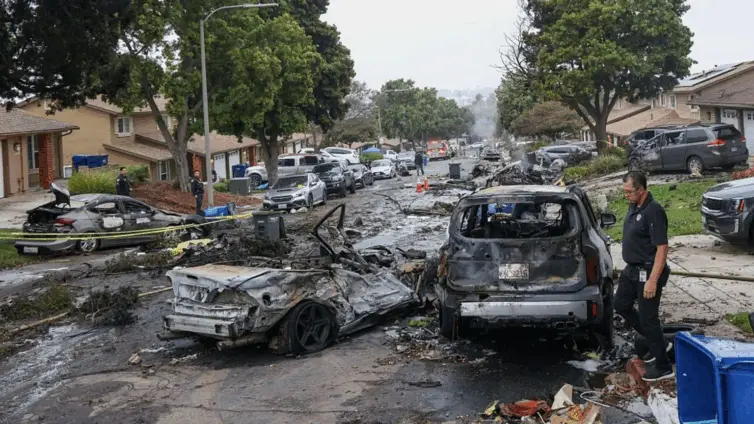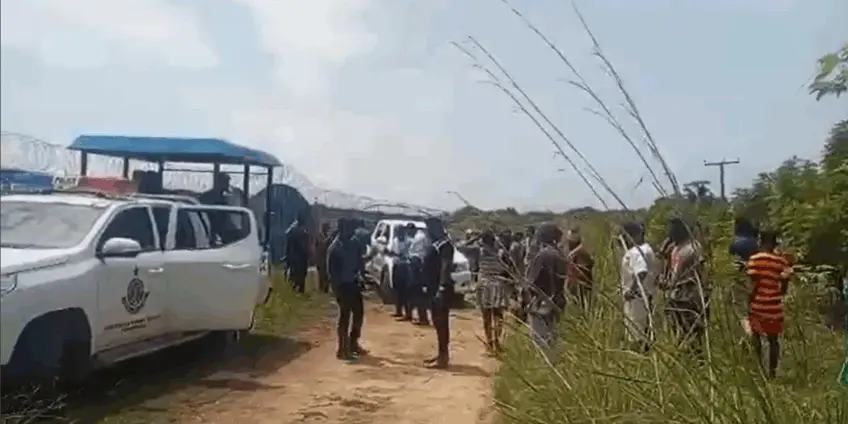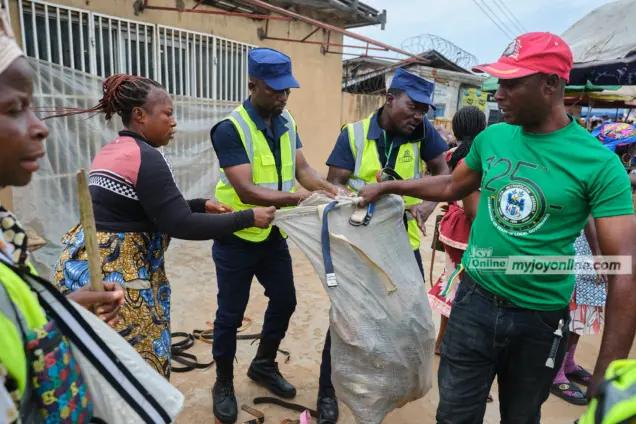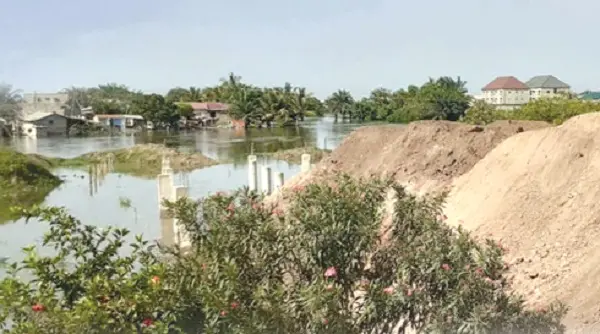Kumasi, Ghana – Following a series of heavy downpours that left homes and businesses inundated, the National Disaster Management Organisation (NADMO) in the Ashanti region has launched a major desilting initiative. The aim is to mitigate the risk of severe flooding across the Greater Kumasi metropolis. The proactive measure targets 17 major drains, clearing them of sand, debris, and household waste that has accumulated and now threatens to overwhelm the city’s infrastructure. The consequences of inaction are clear: communities face the potential for even greater flooding and displacement.
Alhaji Mohammed Nasir Ibrahim, the Ashanti Regional NADMO Director, emphasized the critical nature of the desilting exercise. Ensuring the water flows freely within the drainage systems is paramount to preventing future disasters, he stated. The desilting initiative is a crucial step in protecting Kumasi from the devastating impact of severe weather events, and is focused on the areas most vulnerable to **Kumasi flood** damage.
Many drainage systems in Greater Kumasi are severely clogged, raising concerns among residents already weary from recent flooding. Floodwaters have entered homes and businesses, underscoring the vulnerability of the area’s infrastructure. The Pelele stream near Kumasi Airport is particularly affected by the environmental issues.
“We are doing this to prevent the water from overflowing onto the roads and blocking access,” said Alhaji Mohammed Nasir Ibrahim. “We want to clear the sand debris to ensure the water flows freely in the drains. This is not our job, but as an organisation tasked to prevent any disaster, we are de-silting these drains.”
The 12-day desilting exercise is targeting major drains in the Greater Kumasi Metropolis including:
- Airport
- Buokrom South Africa
- Mossie Zongo/Yenyawoso
- Duase-Kenyase
- Aboabo Pelele
- Asabe-Buobai
- Parkoso Estates
- Sawaba/Affordable housing
- Anloga Junction
- Oforikrom
- Family Chapel area
- Kaase
- Atonsu market-High School (Wewe river)
- Ahinsan Ambassadorial Area (Wewe river)
- Suame Kotoko
- Breman UGC
- Kronom Abuahia/Owabi
- Attafua Bridge on the Barekese Road
While NADMO’s immediate desilting efforts are welcomed, residents and officials alike are calling for long-term solutions to address the underlying causes of the frequent flooding. For years, residents have been demanding the expansion of narrow culverts under bridges to improve water flow.
NADMO supports these calls and suggests raising bridge elevations and constructing concrete slabs on the drain shoulders and floors. Alhaji Mohammed Nasir Ibrahim stated that “We must construct a concrete floor and a 200-m concrete envelope on the shoulders of the drains so that once it rains, the water doesn’t hit back and flood homes.” These concrete reinforcements would create a more robust and effective drainage system, preventing water from seeping into residential areas.
Adding to the challenge is the issue of private individuals building on waterways, further exacerbating the flooding problem in Kumasi. In response, NADMO plans to launch an exercise to address structures erected in wetlands. Enforcing regulations and stopping construction in unauthorized areas will be crucial to preventing future encroachment and mitigating the risk of flooding.
NADMO’s proactive desilting exercise provides a crucial intervention to mitigate the risk of **Kumasi flood** damage. While this effort provides temporary relief, the long-term solution lies in infrastructure improvements and strict enforcement against building on waterways. By addressing both the immediate and underlying causes of flooding, Kumasi can better protect its communities from future disasters. Continuous efforts by NADMO and cooperation from residents are essential to achieving sustainable flood management in the region and protecting against the effects of future **Kumasi floods**.
Image Source: MYJOYONLINE





















